UC Davis Energy News – June 2025

Congratulations to the Energy Graduate Group Class of 2025! We are thrilled to congratulate Pablo Busch, Maria Kanwal, Yudi Li, Francisco Pares Olguin, Hong Yang, Hayley Amo and Nikunj Bhartia upon your graduation! We’re excited to see how your talents will shape the future of energy. Wishing you continued growth and meaningful impact in the future. Watch the 2025 […]
UC Davis Energy News – May 2025
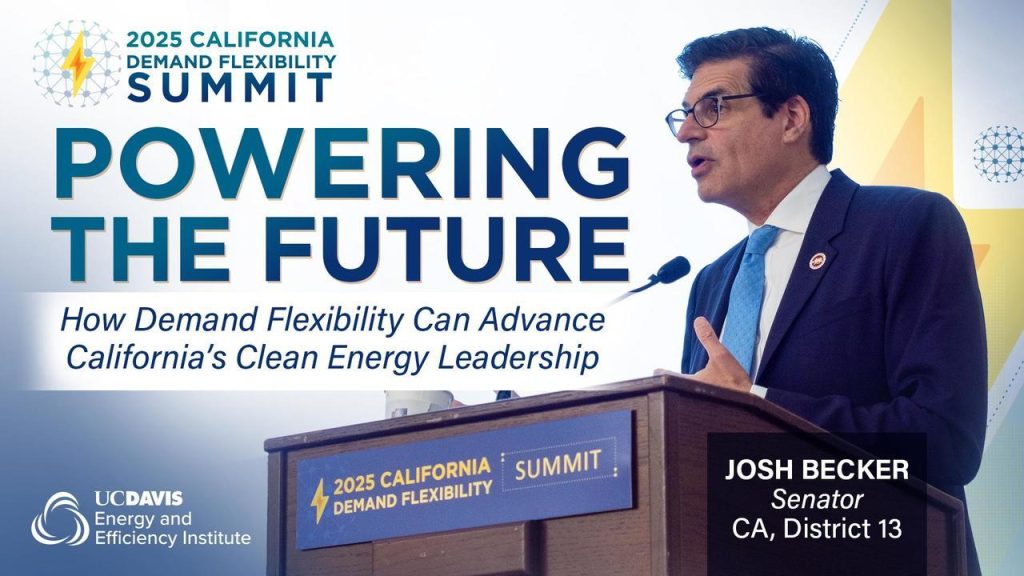
Demand Flexibility Summit Draws Hundreds to UC Davis On May 22, UC Davis hosted the 2025 California Demand Flexibility Summit, bringing together more than 400 participants from across sectors, including utilities, government agencies, academic institutions, and private energy companies. Attendees engaged in a full day of insight and discussion on how demand-side strategies can support a cleaner, more […]
Helping Birds and Floating Solar Energy Coexist

Research conducted by the U.S. Department of Energy’s Office of Energy Efficiency and Renewable Energy, the Center for Energy and Environment, and the UC Davis Western Cooling Efficiency Center delves into the benefits of aerosol envelope sealing techniques for existing residential buildings.
UC Davis Energy News – April 2025
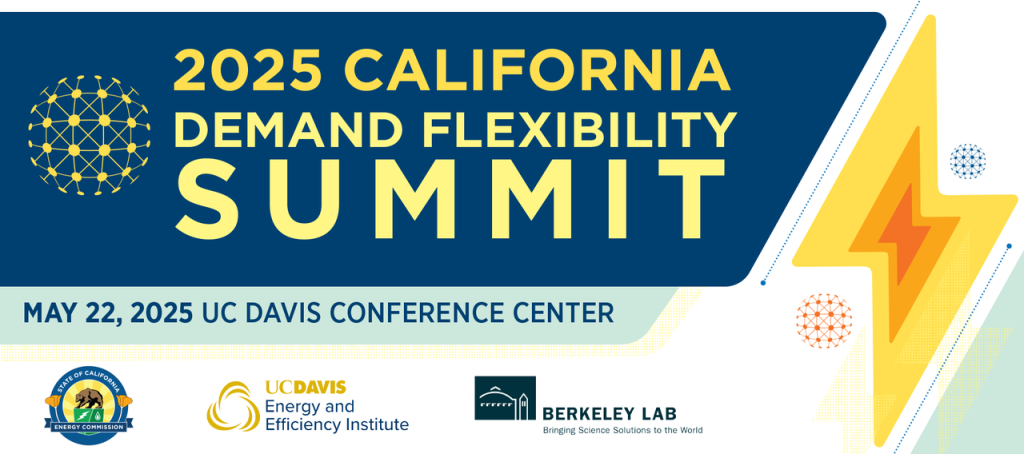
Be Part of the Transformation: Register today for the 2025 Demand Flexibility Summit We’re just a few weeks away from the 2025 California Demand Flexibility Summit, hosted by the California Energy Commission, in partnership with EEI and Lawrence Berkeley National Lab. Held on May 22 at the UC Davis Conference Center, the Summit will bring together leaders from across California’s energy landscape to […]
UC Davis Energy News – March 2025
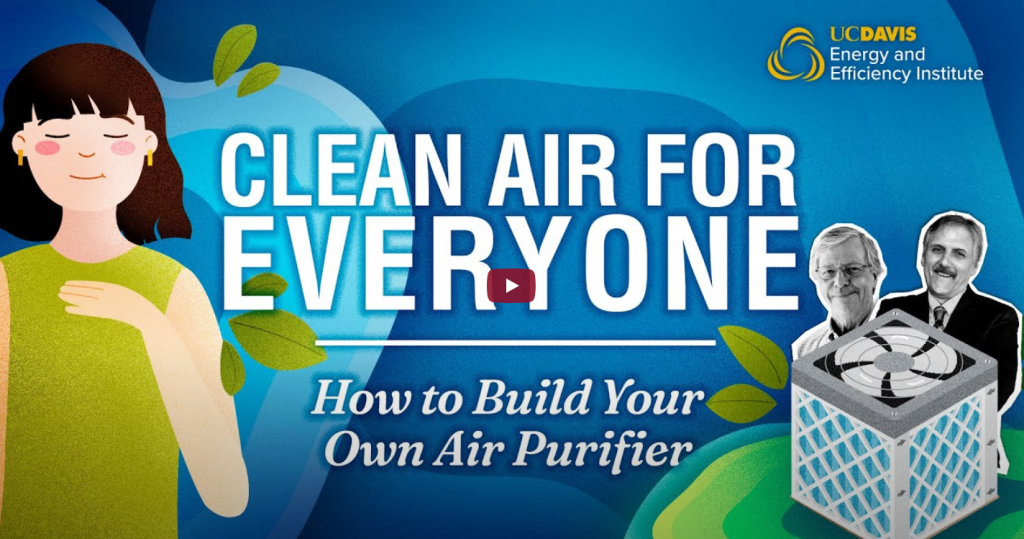
New Video: Affordable, Effective Indoor Air Purification — DIY Style We spend 90% of our time indoors, and the air quality directly impacts our health. Dust, allergens, and airborne illnesses build up in our homes, schools, and workplaces, influencing our well-being and productivity every day. The Corsi-Rosenthal Box, co-designed by UC Davis College of Engineering Dean […]
WCEC Represents in DC for ARPA-E
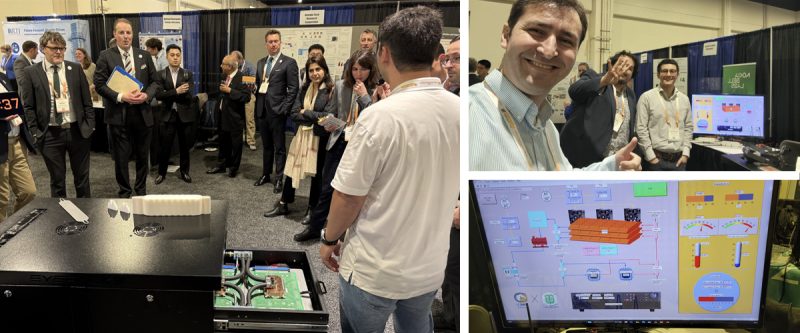
Research conducted by the U.S. Department of Energy’s Office of Energy Efficiency and Renewable Energy, the Center for Energy and Environment, and the UC Davis Western Cooling Efficiency Center delves into the benefits of aerosol envelope sealing techniques for existing residential buildings.
New Video: Affordable, Effective Indoor Air Purification — DIY Style

Research conducted by the U.S. Department of Energy’s Office of Energy Efficiency and Renewable Energy, the Center for Energy and Environment, and the UC Davis Western Cooling Efficiency Center delves into the benefits of aerosol envelope sealing techniques for existing residential buildings.
UC Davis Energy News – February 2025
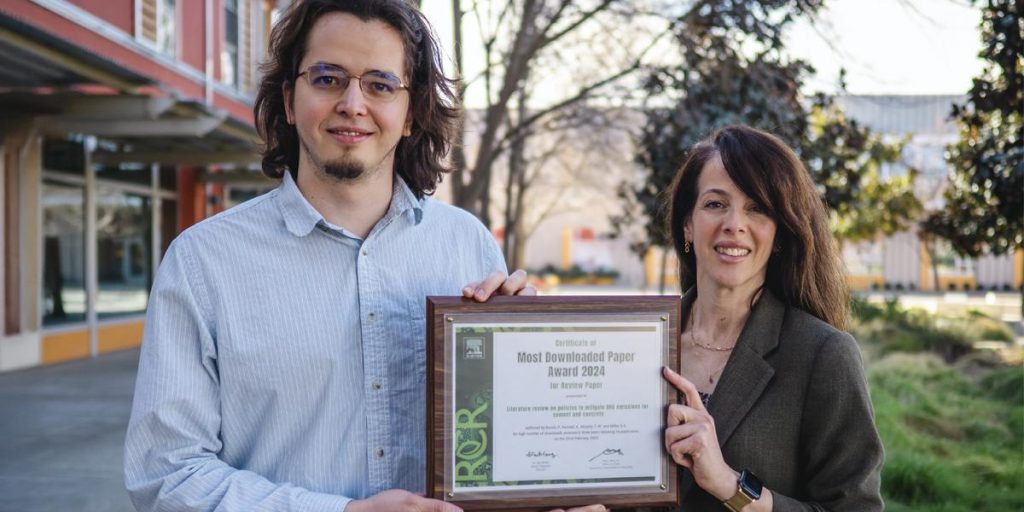
The Air We Breathe: UC Davis Experts Uncover Indoor Air Challenges Indoor air quality has a direct impact on health, influencing everything from respiratory health to disease transmission. WCEC Co-Director of Engineering Theresa Pistochini is leading efforts to develop smarter HVAC systems that improve air quality in schools. Poor ventilation has been linked to increased absenteeism, and Pistochini’s […]
Smarter Buildings, Lower Bills: The Power of Whole-Building Integration
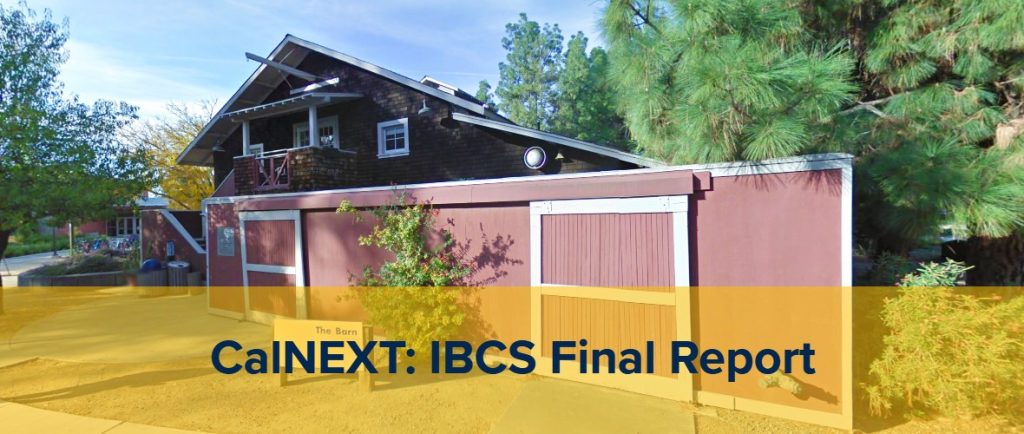
Research conducted by the U.S. Department of Energy’s Office of Energy Efficiency and Renewable Energy, the Center for Energy and Environment, and the UC Davis Western Cooling Efficiency Center delves into the benefits of aerosol envelope sealing techniques for existing residential buildings.
The Air We Breathe: UC Davis Experts Uncover Indoor Air Challenges
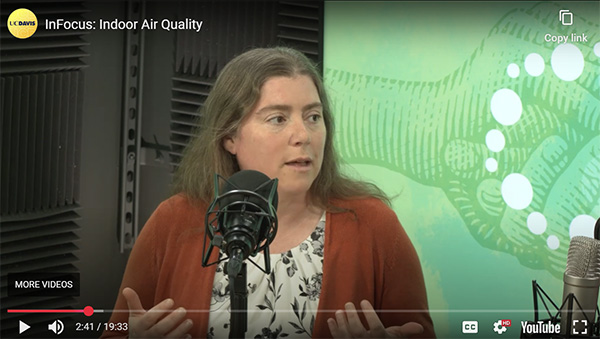
A recent study delves into the future strain on California’s electric distribution system due to the rapid rise of EV adoption.

